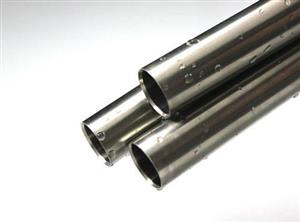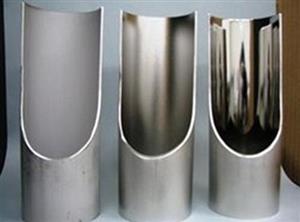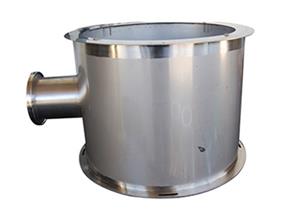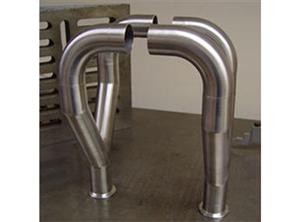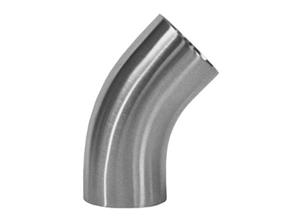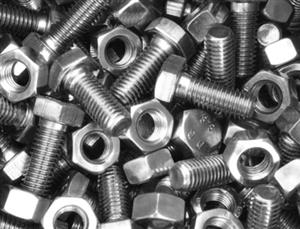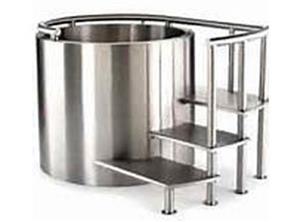S.S.ELECTRO BRIGHT
Featured Products
Highest quality standards are achieved through the implementations of latest technology, decades of experience and everlasting moral values , which have helped us to retain our customers as well as multiply them.
Welcome to S.S.ELECTRO BRIGHT
Hard Chrome Plating

Hard chrome plating is an electroplating process in which chromium is deposited from a chromic acid solution. Thickness of hard chrome plating ranges from 2 to 250µm. Various types of hard chrome include micro-cracked chromium, micro-porous chromium, porous chromium and crack free chromium. It is essential that the micro-cracked and porous coatings have a minimum thickness between 80-120µm in order to confer adequate corrosion resistance. Micro-cracked chromium has a Vickers hardness of 800-1000 kg/mm2, while crack-free chromium has Vickers hardness between 425-700 kg/mm2. The formation of micro-porous chromium is achieved by a specialised plating method involving the use of inert suspended particles. Porous chrome plating is developed by etching electrodeposited chromium. These are designed to retain lubricant, for sliding and bearing type applications.
Chrome plating is used for wear and corrosion resistance in addition to its tribological (low friction) characteristics. However, there are environmental concerns associated with disposal of the plating solution. This has led to many users of chrome plating seeking alternative coating methods. One option is to replace hard chrome with high velocity oxy-fuel (HVOF) sprayed coatings of cermet materials such as WC/Co (Tungsten Carbide/Cobalt). The HVOF sprayed coatings can offer superior wear and corrosion protection. A comparison of properties for HVOF sprayed WC-12Co versus hard chrome is shown in the table below.
Our Vision
* To embrace new technologies and methods. * To give unsurpassed products and services to the clients. * To constantly look for improvement and changes.



